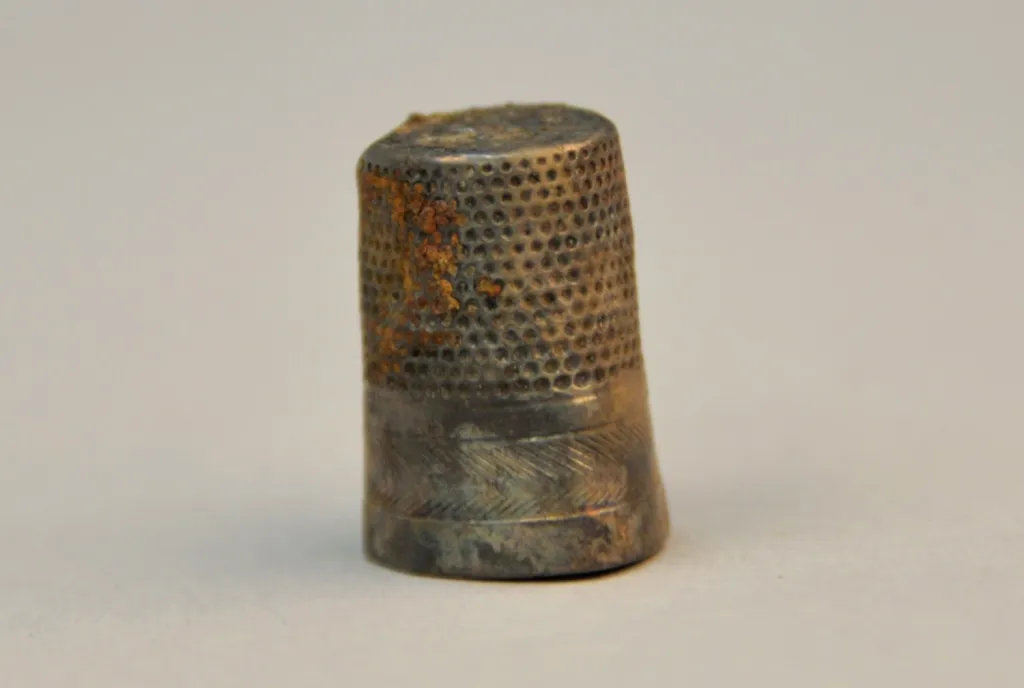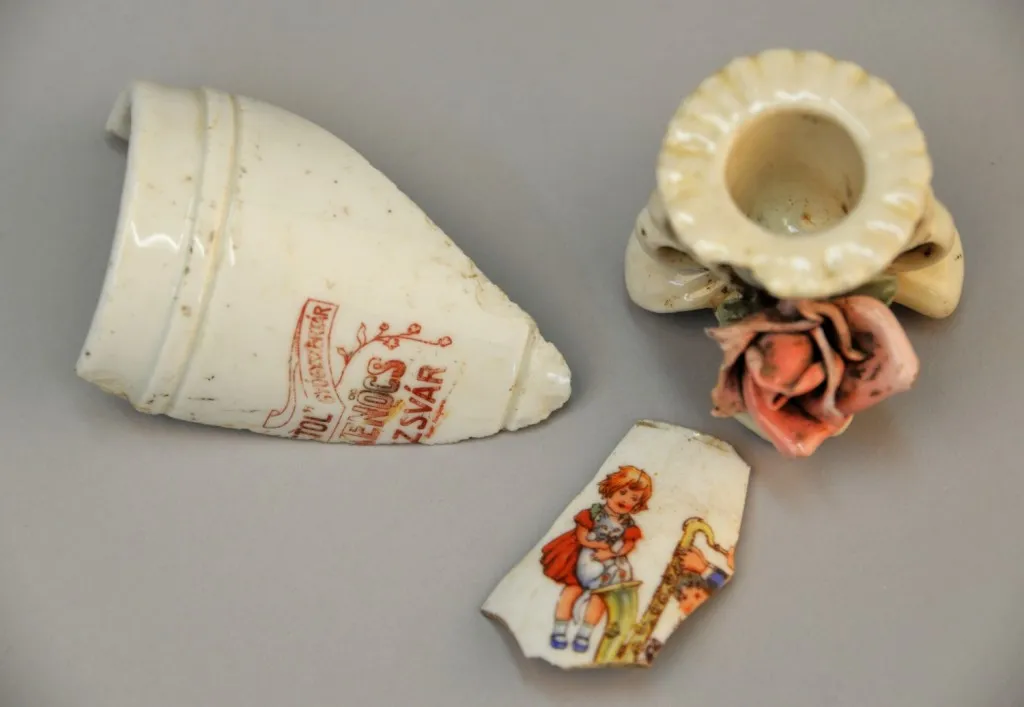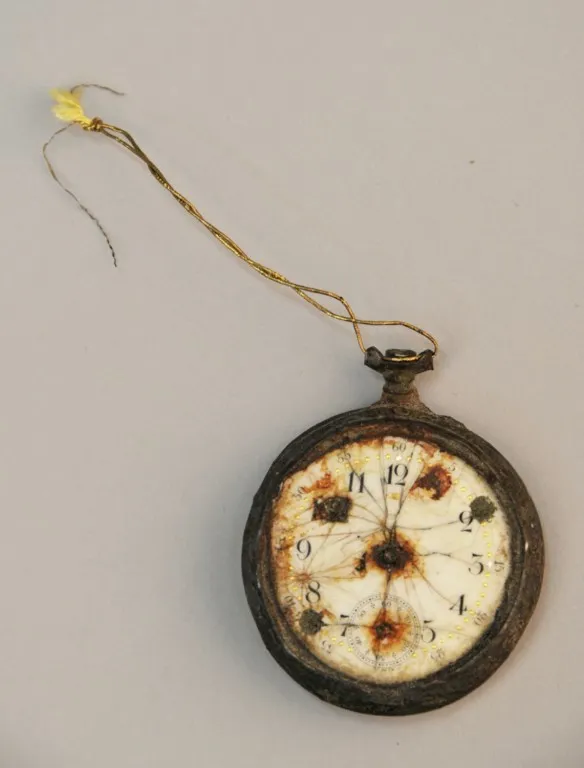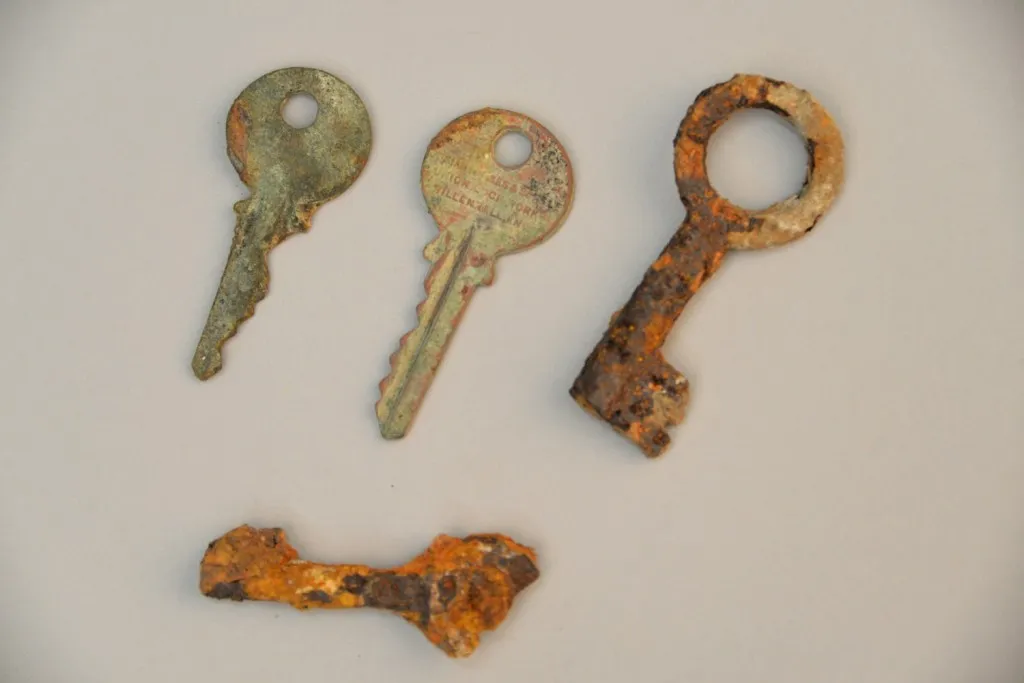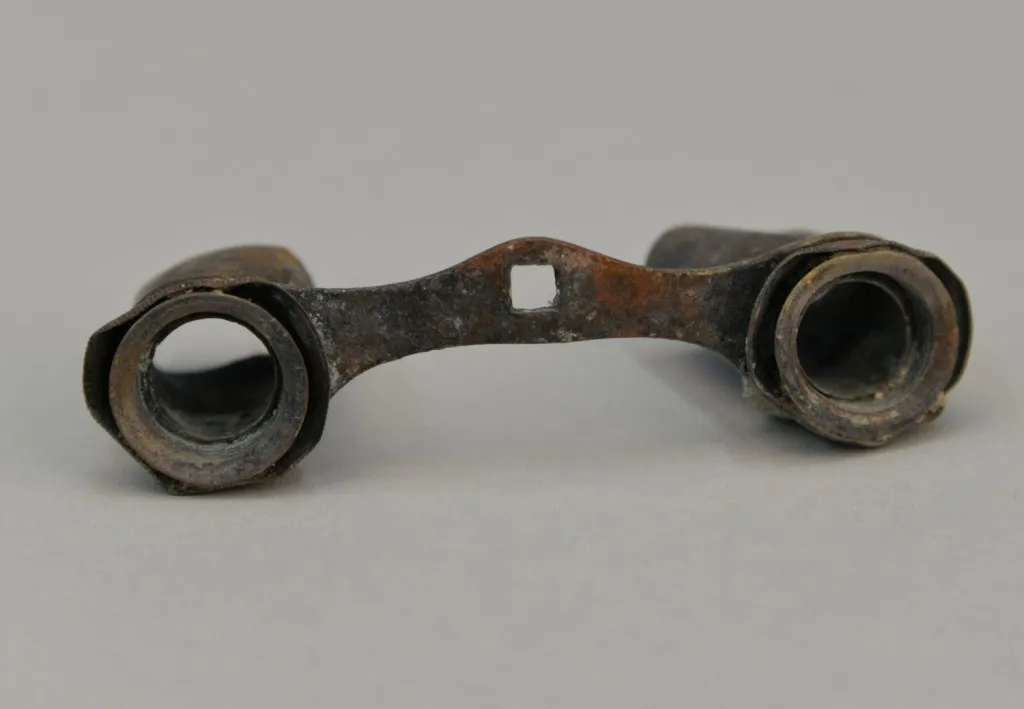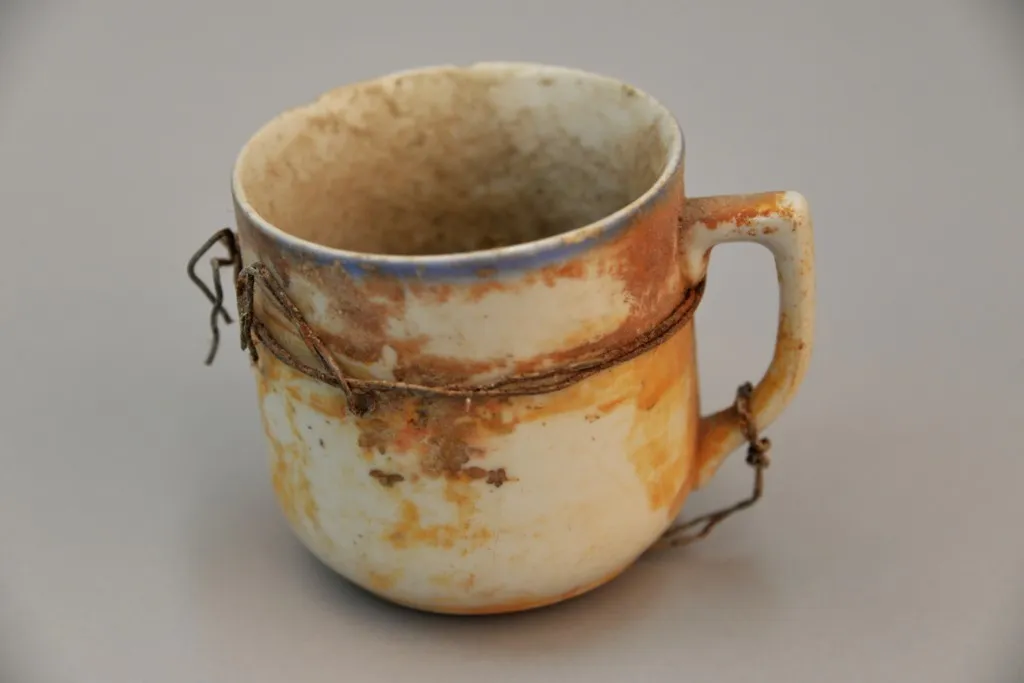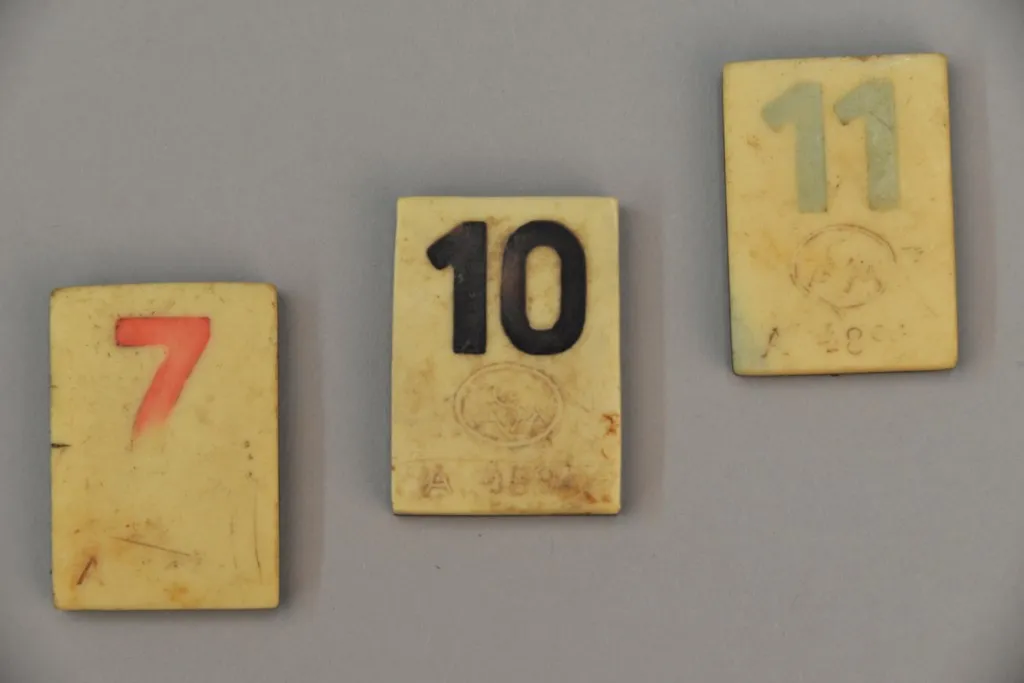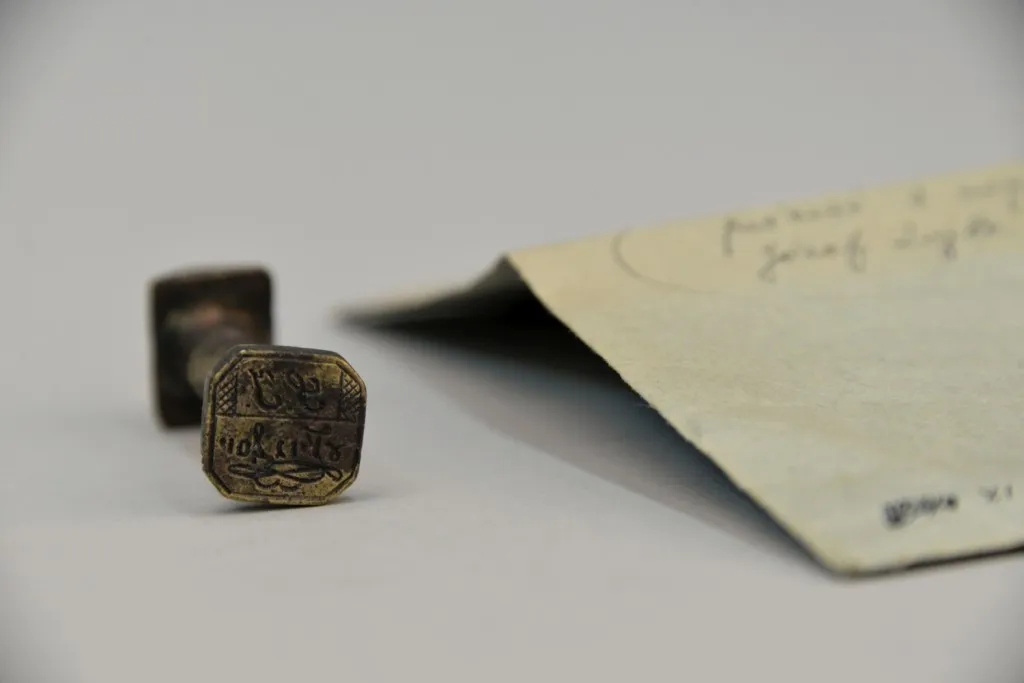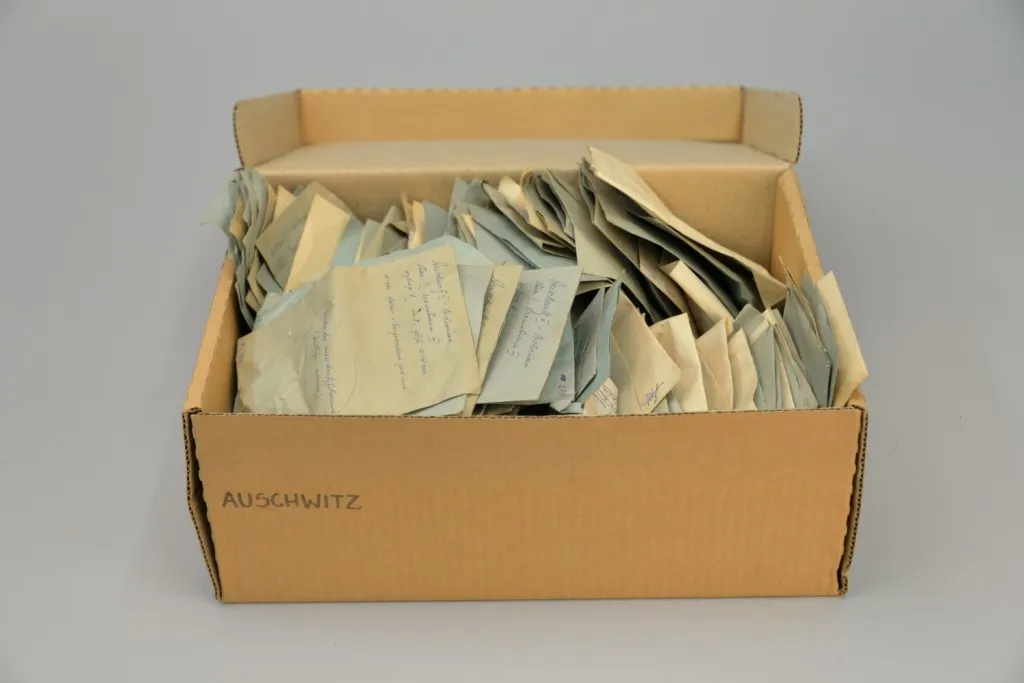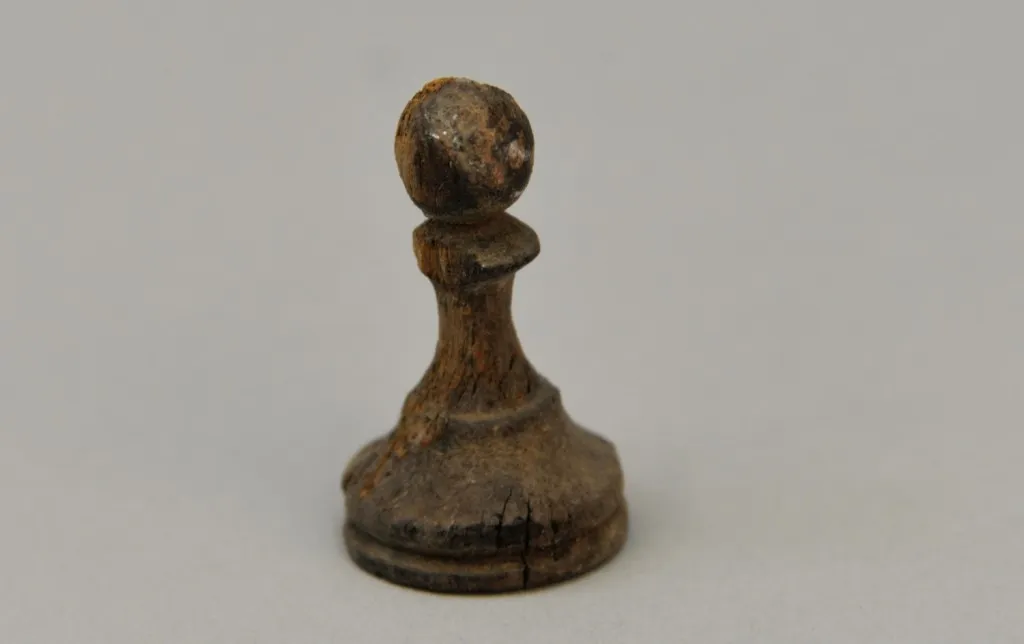Thousands of Objects Taken From Holocaust Victims Have Been Rediscovered
Almost 16,000 items were forgotten for decades
Decades after the end of World War II, archaeologists returned to the Nazi concentration and extermination camp Auschwitz-Birkenau to search for the remains of its victims. Over the course of their study of the ruins of a crematorium and gas chamber, they uncovered thousands items that once belonged to those murdered there. While these objects were sorted and stored away for study, they were misplaced and forgotten about for decades. Now, these items have finally been found and returned to the Auschwitz-Birkenau Memorial and Museum, the Agence France-Presse (AFP) reports.
When archaeologists returned to Auschwitz in 1967, they came away with more than 16,000 small tokens and items carried the concentration camp’s victims as they were sent to be killed. Many of these small objects were everyday things that one might find in a wallet, pocketbook or purse, Auschwitz-Birkenau Museum official Paweł Sawicki tells the BBC.
“We can see some pieces of damaged jewelry. We have some brushes, and we have some fragments of shoes or some things that were inside the shoes,” Sawick says. “We can see their watches there, some toys like Domino tiles or some game tiles that people had with them. Some mugs, some cups, thermometers, medical items.”
After the objects were dug up, they were stored in boxes and shelved away. And until now, that’s right where they stayed. The missing artifacts were only found recently, when museum officials realized they only knew where about 400 of the thousands of objects were located, Arden Dier writes for Newser.
“I can only try to imagine why the lost objects were deposited in these boxes just after digging up,” museum director Piotr Cywiński said in a statement. “Presumably, they were supposed to be analyzed and studied, or perhaps someone even had the intention to write an extensive research paper on the subject. This is a unique collection in every way.”
According to Cywiński, it’s possible that Polish politics kept the important artifacts out of the public eye for so many years. Shortly after the archaeologists finished their study, the ruling communist government took a distinctly anti-Semitic turn. Cywiński says it’s possible this may be one explanation for why the researchers weren’t in too big of a hurry to fully sort through and document all of the items correctly, the AFP reports.
“The times then were difficult for topics related to the Holocaust,” Cywiński said in a statement.
When the researchers realized that so many objects were missing, they steeled themselves for the possibility that they could be gone forever. After the fall of Poland’s Communist regime, many institutions went through big changes, and it was entirely likely that the missing artifacts had been lost in the chaos. Luckily, after some careful research and investigation, museum researchers got in touch with the last living members of the original archaeological study, who helped point them to the Polish Academy of Arts and Sciences, where the objects had been stored. There, museum officials found the rest of the missing artifacts still tucked away in 48 cardboard boxes, the AFP reports. As of June 3, the missing objects have been returned to the Auschwitz-Birkenau Museum, where researchers will thoroughly document them so the items won’t go missing again.
“When you look at them, when you hold these items in hand, we see all these little personal belongings and suddenly the whole story that happened over 70 years ago becomes very personal,” Sawicki tells the BBC.
